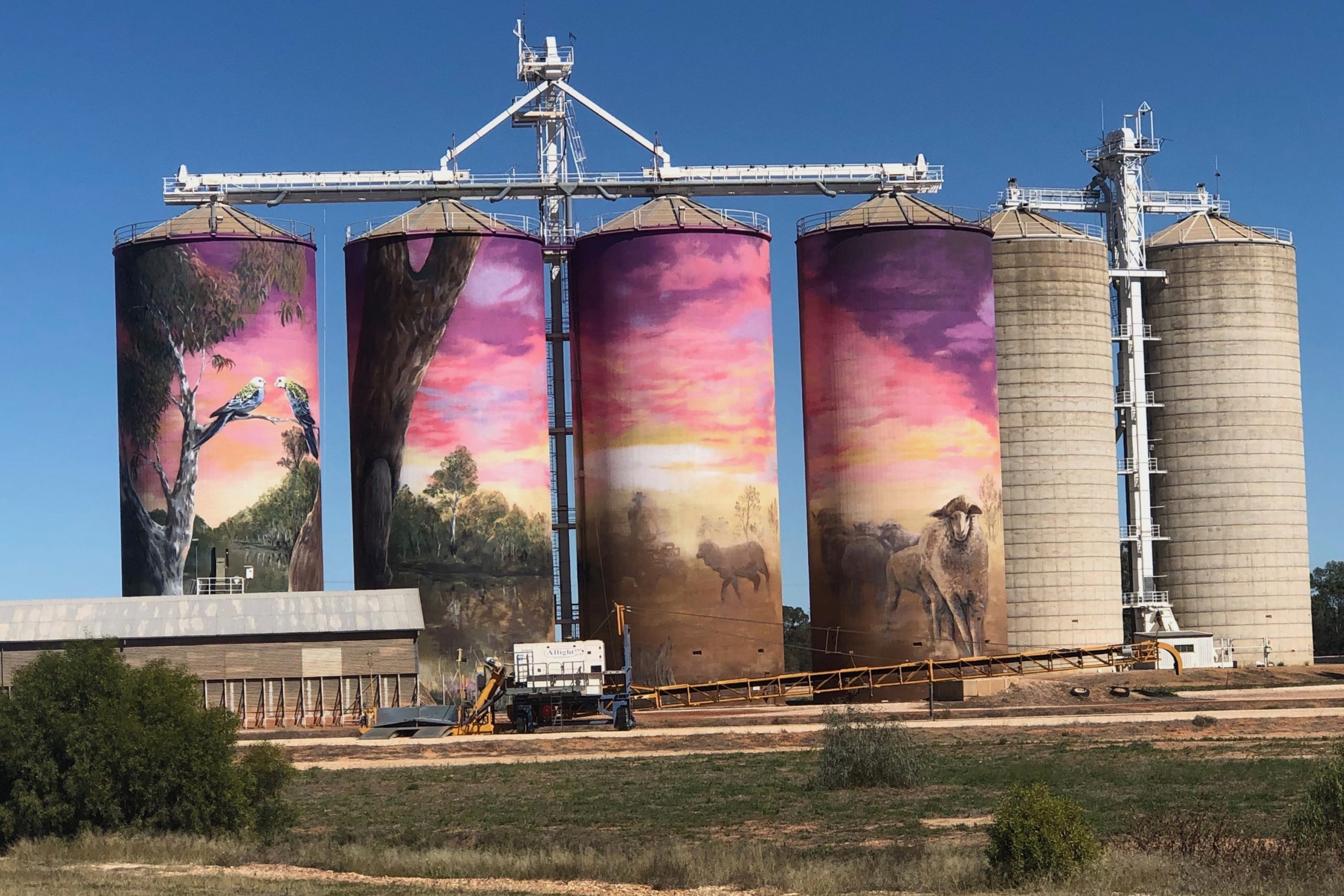
Griffith University researchers are running the first ever national silo art survey to determine the impacts of this uniquely Australian art movement on both visitors and local communities.
Silo art draws tourists, but this research will shed light on different aspects of silo art's short and longer-term value.
Department of Marketing researchers Dr Amelia Green and Professor Scott Weaven are focusing on the impacts of the art form on social, individual, community and financial wellbeing.
"While understanding visitor experiences is crucial, we are building a more complete picture that includes what the particular nature of silo art means for regional communities, and how the art can directly benefit them as well," Dr Green said.
"Our initial interview research shows the silo art that tells authentic stories about local communities engages visitors the most."
At present, there is no research into the benefits of silo art on rural and regional Australian areas.
"Regional Australian communities and local government are currently unable to draw upon a body of sound evidence," Dr Green said.

"Our project will address this issue.
"Every community group, tourism officer and council in Australia will be able to access the findings of this research."
The findings of the project will benefit more than 40 towns and surrounding communities around the country with silo, water tower and similar public art, and those campaigning for, or considering, such projects.
"This evidence is vital to help realise potential benefits for visitors and communities, informing future projects and sustaining interest in existing sites as the Australian silo art movement continues to develop and evolve," Dr Green said.
Dr Green is calling for anyone who has visited silo art, or lives in a town with silo art to complete the survey as this research project relies on their perspectives.
"The more people who participate in the survey, the more informative the data," she said.
"Capturing mixed views on silo art will also enable more comprehensive and robust findings."
Dr Green and Professor Weaven expect to publish the findings of their research in July.






